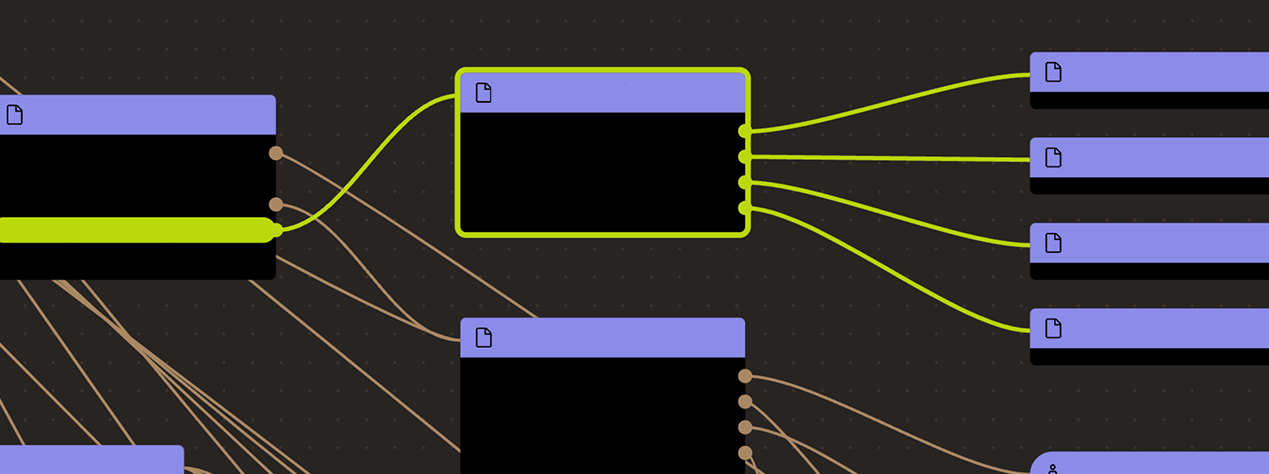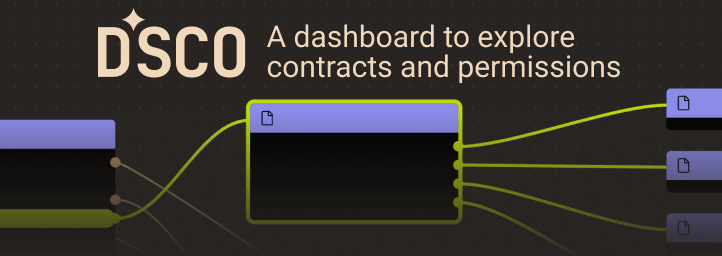Search
Search for projects by name
 Polygon Hermez
Polygon Hermez
Badges
About
Hermez is an open-source ZK Rollup that aims to be optimized for secure, low-cost and usable token transfers on the wings of Ethereum.
About
Hermez is an open-source ZK Rollup that aims to be optimized for secure, low-cost and usable token transfers on the wings of Ethereum.
Funds can be stolen if
SNARKs are succinct zero knowledge proofs that ensure state correctness, but require trusted setup.
All of the data needed for proof construction is published on Ethereum L1.
Users have 7d to exit funds in case of an unwanted regular upgrade. There is a 7d delay before a regular upgrade is applied, and withdrawals can take up to 0s to be processed.
All data required for proofs is published onchain
All the data that is used to construct the system state is published onchain in the form of cheap calldata. This ensures that it will always be available when needed.
Each update to the system state must be accompanied by a ZK proof that ensures that the new state was derived by correctly applying a series of valid user transactions to the previous state. These proofs are then verified on Ethereum by a smart contract.
There is no central operator
The system runs an auction in which anyone can bid to become the operator for a set number of blocks. The operator will be able to propose blocks and collect fees during this window. Hermez will also run an operator known as boot coordinator that will propose blocks in case no one bids in the auction. This operator can be removed by the governance.
Users can force any transaction
Funds can be frozen if the operator refuses to include their transactions and users lack resources to propose blocks themselves.
Regular exit
The user initiates the withdrawal by submitting a regular transaction on this chain. When the block containing that transaction is settled the funds become available for withdrawal on L1. ZK proofs are required to settle blocks. Finally the user submits an L1 transaction to claim the funds. This operation cannot be performed if the withdrawal exceeds certain threshold.
Delayed withdraw
When the user does a regular or forced withdraw and their funds exceed a certain threshold a timer activates. After a specified time has passed and the emergency mode has not been activated the funds can be withdrawn.
Emergency mode
When the user does a regular or forced withdraw and their funds exceed a certain threshold a timer activates. The operators can now trigger emergency mode and transfer the user’s funds to the governance.
Funds can be stolen if the operators trigger a false alarm during withdrawal (CRITICAL).

Ethereum
This contract can store any token.
Admin of HermezAuctionProtocol and Hermez, owned by the timelock.
Enforces a 7 day delay on upgrades.
The current deployment carries some associated risks:
Funds can be stolen if a contract receives a malicious code upgrade. There is a 7 days delay on code upgrades.
